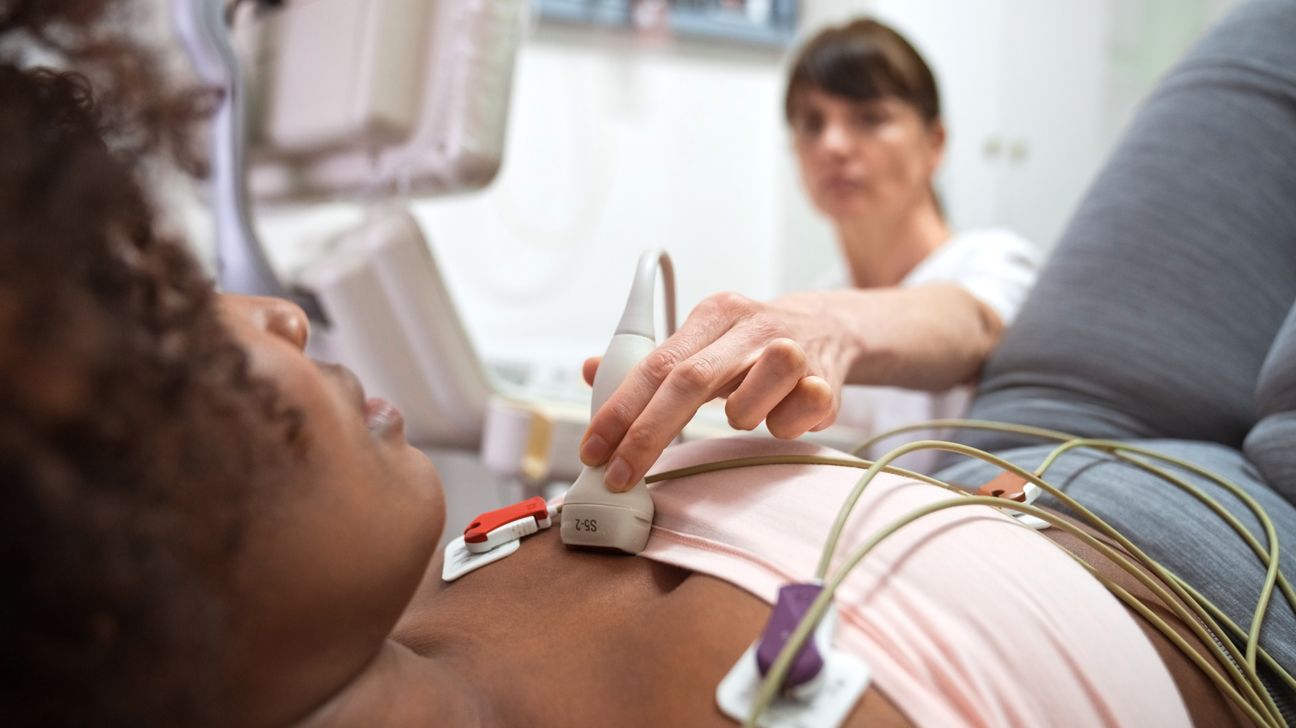
- About 50% of people who experience cardiac arrest have symptoms up to 24 hours before the event.
- A new study finds these warning signs can vary depending on your sex.
- Most women who had a cardiac arrest developed shortness of breath prior to their attack whereas the vast majority of men experienced chest pain.
Nearly half of people who experience a sudden cardiac arrest experience a warning sign 24 hours before the attack.
Now, new research shows that those early warning symptoms can also vary depending on your sex.
The study, published in Lancet Digital Health Friday, found that most women who had a cardiac arrest developed shortness of breath prior to their attack whereas the vast majority of men experienced chest pain.
Because out-of-hospital cardiac arrests have a mortality rate of up to 90%, identifying and acting upon those early signs can be life-saving.
The researchers hope their findings can improve how well people can predict imminent cardiac arrest in order to boost survival outcomes.
“Now that we have demonstrated which warning symptoms are more important, we are hoping that more individuals at risk of imminent sudden death will pay attention to their symptoms and call 911 early, thereby increasing likelihood of survival from this mostly lethal condition,” senior author of the study Dr. Sumeet S. Chugh, a cardiac electrophysiology and director of the Center for Cardiac Arrest Prevention in the Smidt Heart Institute at Cedars-Sinai, told Healthline
Warning signs include labored breathing, chest pain, sweating
To understand how we can better predict impending cardiac arrest, the researchers evaluated the health data of individuals who had used emergency medical services for cardiac arrest along with a control group that used emergency services for similar symptoms.
The data was sourced from two ongoing studies: the Prediction of Sudden Death in Multi-Ethnic Communities (PRESTO) Study conducted out of Ventura County, California, and the Oregon Sudden Unexpected Death Study (SUDS), based in Portland, Oregon.
The research team found that people who experienced cardiac arrest were more likely to experience labored breathing, chest pain, sweating, and seizure-like activity.
Different signs for men and women
Men who had a cardiac arrest frequently reported chest pain leading up to their attack, along with difficulty breathing and sweating.
“If men have sudden and unexpected chest pain their risk of imminent sudden cardiac arrest is 2-fold higher,” says Chugh.
Women who had a cardiac arrest predominantly reported shortness of breath.
“If women have sudden and unexpected shortness of breath, they have a 3-fold increased chance of having an imminent cardiac arrest,” says Chugh.
Dizziness, abdominal pain or discomfort, weakness, and nausea or vomiting were more frequently reported in the group of people who did not have a cardiac arrest.
Prior research has also identified sex differences in how people present with a heart attack.
These new findings reinforce the need to take early warning signs seriously to potentially improve someone’s health outcome, says Dr. Cheng-Han Chen, an interventional cardiologist and medical director of the Structural Heart Program at MemorialCare Saddleback Medical Center in Laguna Hills, CA.
The report is the first community-based study to investigate the warning symptoms of cardiac arrest alongside a control group that used emergency services for similar symptoms.
Identifying early warning signs could improve survival outcomes
Most people do not act upon the early warning signs of a cardiac arrest.
Per the report, only 19% of people called 911 for early warning signs, such as chest pain or labored breathing, before experiencing sudden cardiac arrest.
When it comes to cardiac arrest, the speed of resuscitation is critical, says Chen.
People who contact emergency services at the onset of these early warning symptoms have a five-times greater chance of surviving cardiac arrest.
Many people don’t call 911 because the early signs of cardiac arrest can easily be mistaken for other more benign health issues.
There’s a clear need to identify the early symptoms that are more common with cardiac arrest.
“If everyone with all kinds of warning symptoms start [calling] their local 911, the system could be overwhelmed within a matter of hours likely with no discernible improvements in survival from sudden cardiac arrest,” says Chugh.
Having a way to better identify actual warning signs of cardiac arrest could help get emergency healthcare providers to a scene earlier.
“A system that is robust and predictive enough could potentially even identify patients that could receive medical intervention in time to prevent the arrest,” Chen said.
The bottom line:
Nearly half of people who experience a sudden cardiac arrest experience a warning sign 24 hours before the attack. These symptoms vary depending on one’s sex: women who had a cardiac arrest were more likely to experience shortness of breath, whereas chest pain was more frequently reported among men. Identifying and acting upon these early signs can be life-saving.
Men and Women Have Different Warning Signs of Cardiac Arrest
Source: Pinoy Lang Sakalam



0 (mga) komento:
Mag-post ng isang Komento